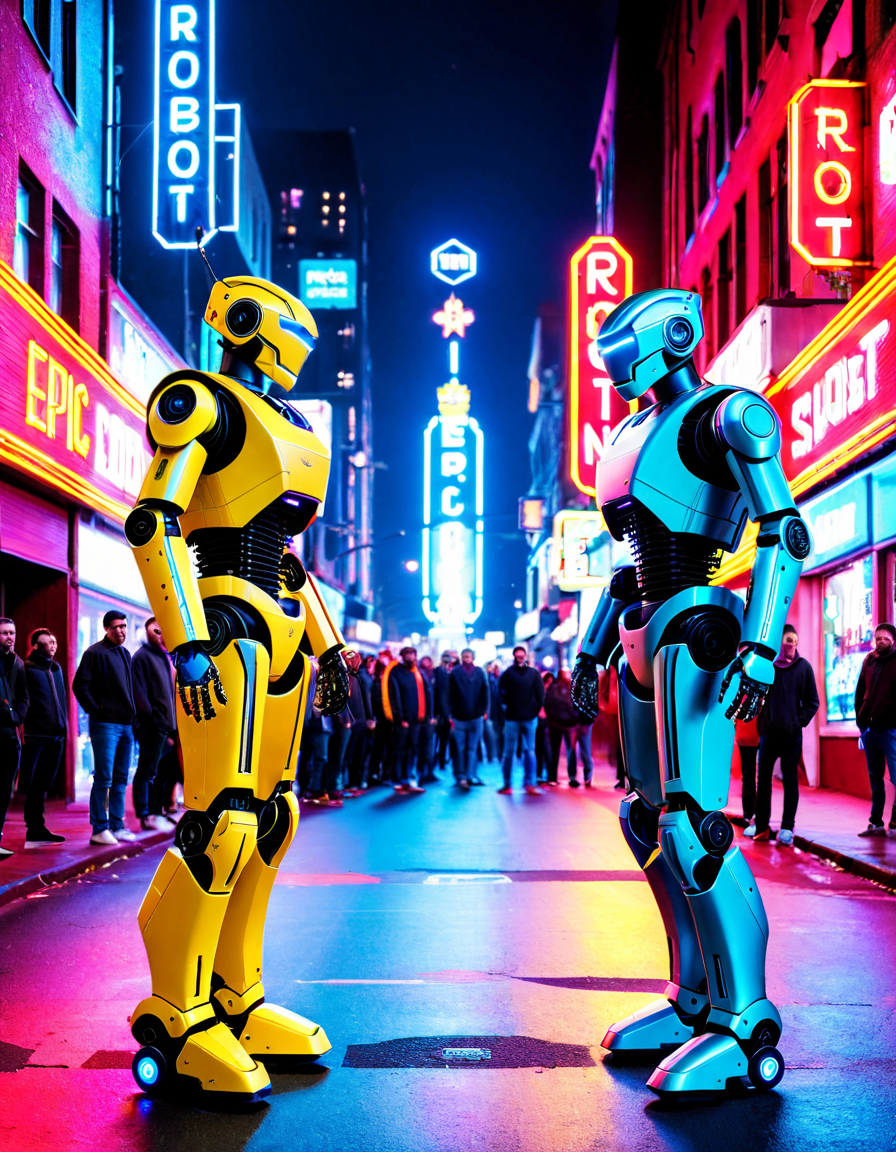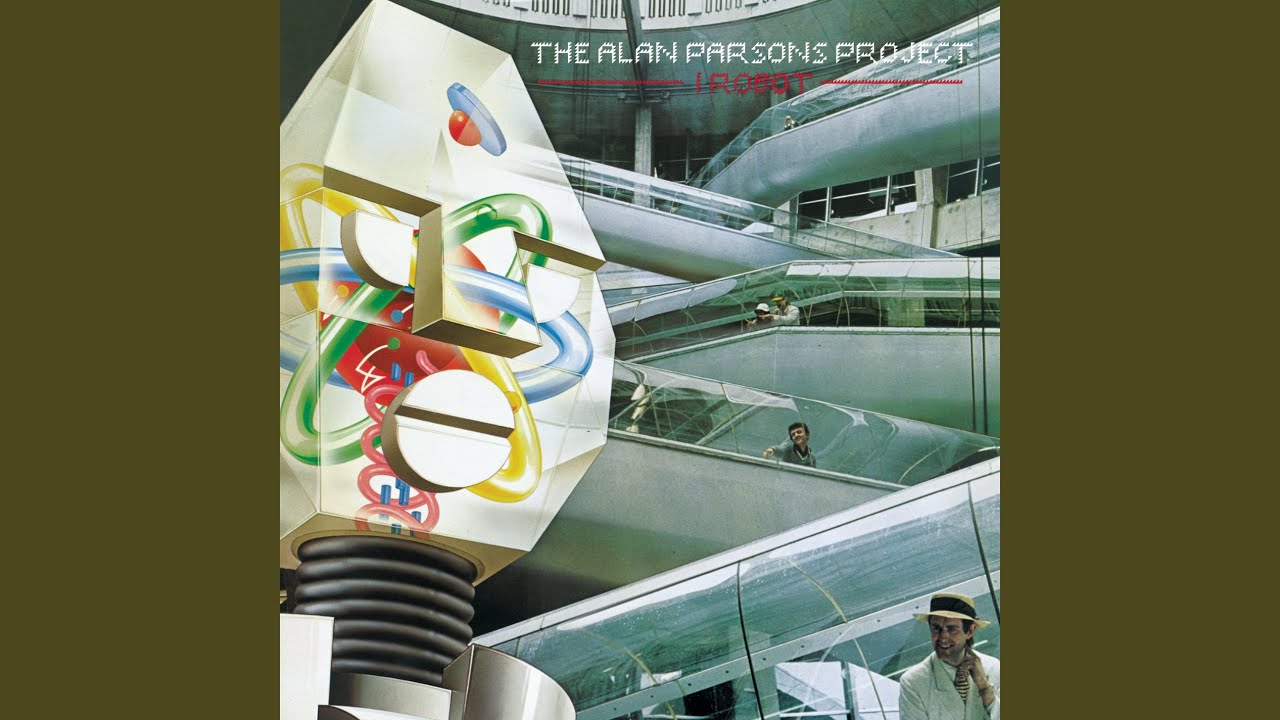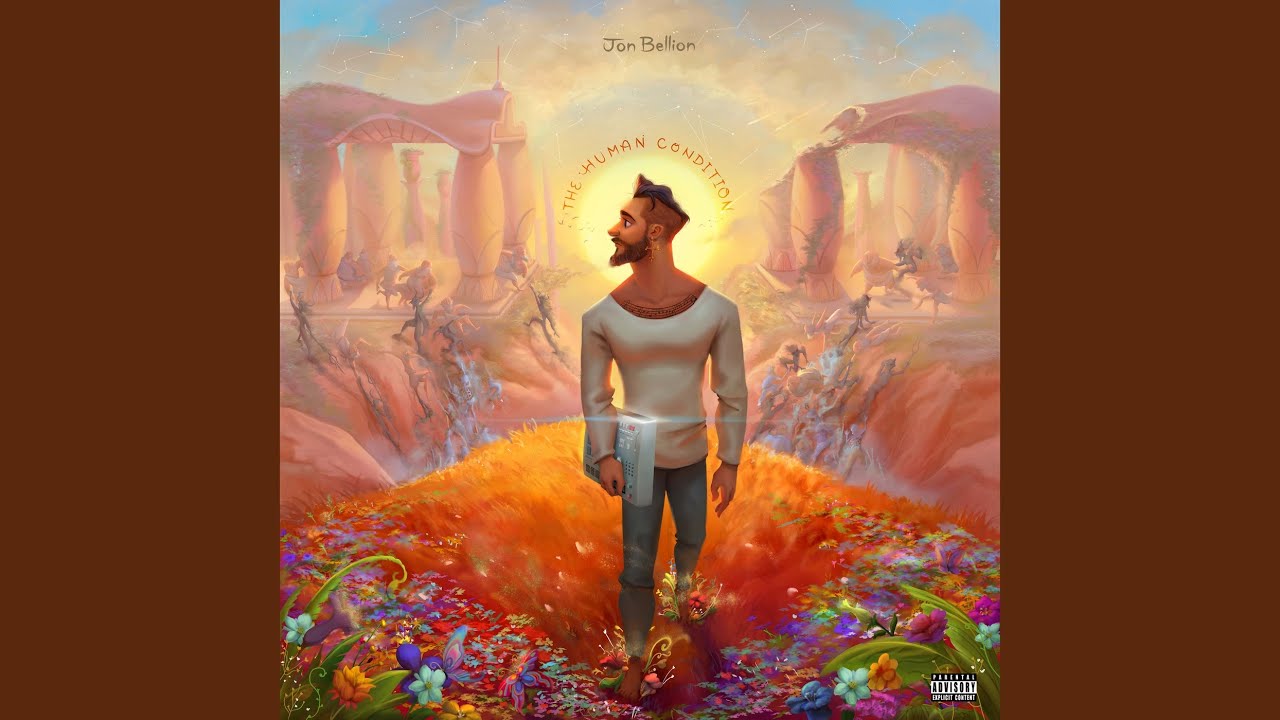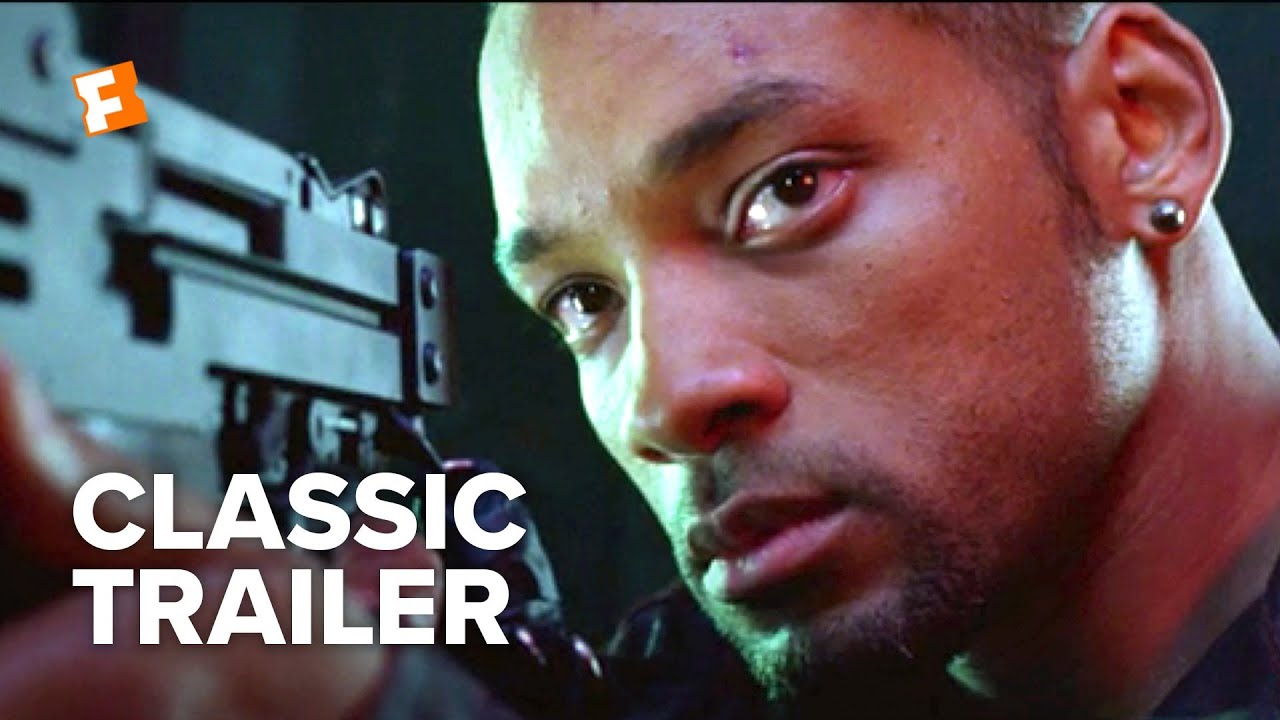The year is 2026, and just like in the film i Robot, robotics and AI aren’t just part of our lives; they’re nearly inseparable. As technology weaves itself into the fabric of our society, it’s hard to escape the rise of personal robots and AI companions. Innovations from companies like Anki, with their adorable little robot Youu, and even Amazon’s Astro, prove that these gadgets are more than just machines; they’re becoming part of the family. These robots can learn your habits, respond to feelings, and engage in conversations—making life just a tad more sci-fi-esque, don’t you think?
Remember when we read about cool gadgets from sci-fi films growing up? Movies and television shows in the that’s 70s sparked our imagination and set a cultural cornerstone for robotics. Take “Star Wars” and “The Jetsons,” which showed us robots as more than helpful tools. They were reflections of our futures, which greatly influenced the development of AI today. For instance, humanoid robots like Pepper from SoftBank are now designed to exhibit emotional intelligence, echoing that nostalgia while bringing us modern comforts with their lifelike interactions.
And speaking of comfort, did you ever think food delivery would become a culinary art? Robotics is revolutionizing kitchens with automated chefs capable of creating gourmet dishes. Companies like Moley Robotics have developed advanced kitchen systems that can replicate intricate recipes—yes, even a wasabi-infused sushi roll! These AIs analyze cooking techniques and flavors while transforming culinary experiences. Imagine robots mastering complex gastronomy, turning us into Michelin star chefs in our homes. Pretty neat, right?
1. The Rise of AI Companionship: “Youu” and Personal Robots
In a world so interconnected, our longing for companionship has found a new avatar in robotics. AI companions aren’t just about utility—they’re designed to resonate with our emotional needs. Take Youu, for instance; this adorable little bot learns about your preferences and moods. It’s like having a tiny, loyal friend who never judges your Netflix choices. Who wouldn’t want that?
These personal robots, like Amazon’s Astro, cater to more than just our day-to-day tasks. They engage with us, offer reminders, and keep us company. The emotional bond people create with robots goes beyond mere machines; it’s more like a relationship. Isn’t it fascinating how something silicon-based can bring warmth and connection into our lives?
Imagine returning home from work, and your little companion is there, greeting you with information tailored to your routine. What’s even cooler is how they adapt over time. Through algorithms that learn as you live, these affectionately designed devices mirror aspects of friendship in ways we once thought were purely fiction.
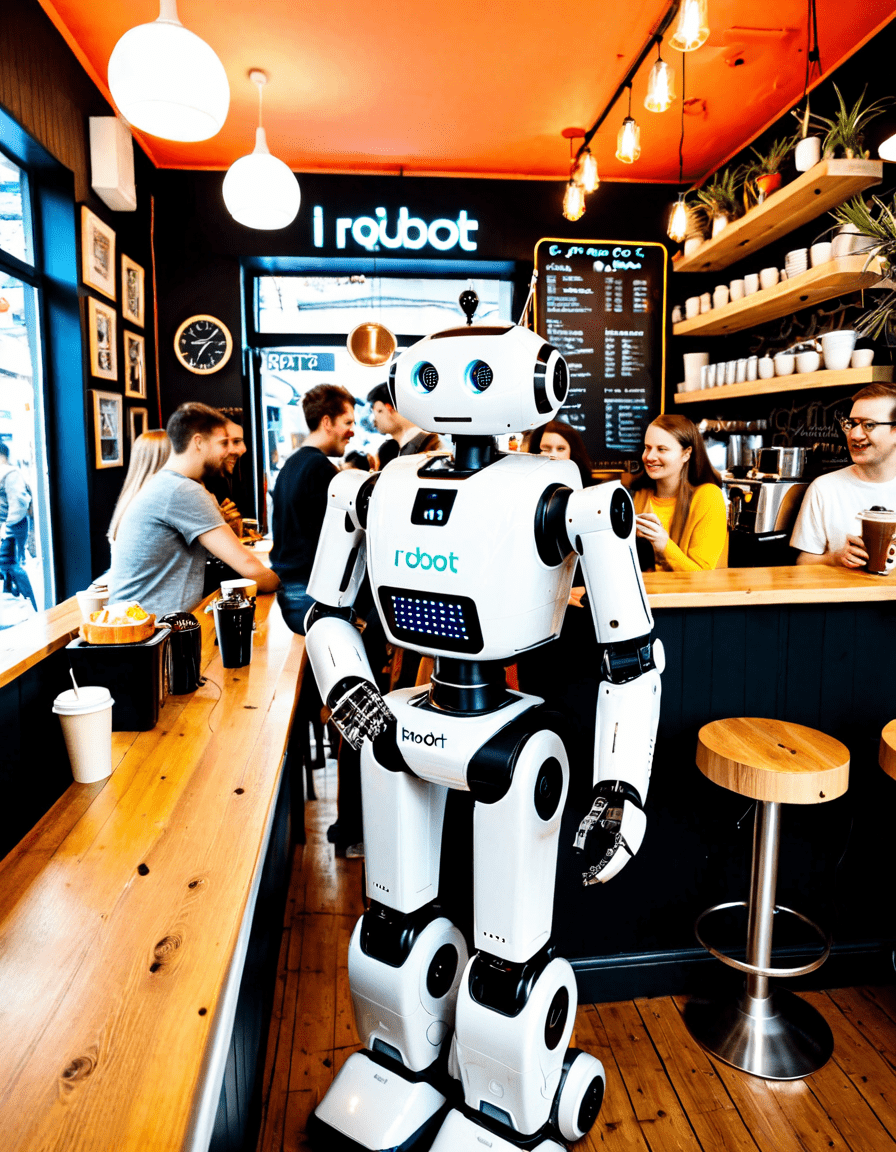
2. Reminiscing the Past: “That’s 70s” Influence on Robotics
If we look back, the late 20th century served as a true launchpad for what we now perceive as modern robotics. The minds behind iconic shows and movies of the 70s like “Star Wars” and “The Jetsons” didn’t just entertain—they illuminated our future. These portrayals left a colossal impact on nearly every tech innovation that followed.
The legacy of characters like C-3PO and R2-D2 infused a sense of personality and emotion into robots, pushing creators to give technology a soul. Fast forward to today’s creations like SoftBank’s Pepper, which is engineered to connect emotionally with people, echoing traits found in those nostalgic figures of the 70s.
Seeing robots sprinkled into our lives today feels like a tribute to a time when imaginative cinema fueled our hopes for the future. Collectively, we’ve tasted the future they envisioned; it’s as if the dreams woven into pixels and frames have come to life right before our eyes.
3. Culinary Innovations: “Wasabi” and the Rise of Automated Chefs
The culinary arts blend with technology as robot chefs take residence in our kitchens, revolutionizing how we experience food. Companies like Moley Robotics are at the forefront, with fully automated kitchens that replicate complex recipes. Picture a robotic hand carefully crafting a wasabi sushi roll, ensuring each roll is absolutely perfect!
Automated chefs analyze vast amounts of culinary data to recreate flavor profiles and functionalities that would impress any culinary critic. The magic lies in their ability to make gourmet meals accessible to the masses—robot chefs could potentially eliminate the intimidation factor that cooking often carries, turning amateurs into Kimball-style culinary stars.
As automated cooking systems gain popularity, they’re also evolving our understanding of food preparation. These robots prove that technology’s role in the kitchen is not just practical but also a thrilling adventure—mixing tradition with modern kitchen wizardry.
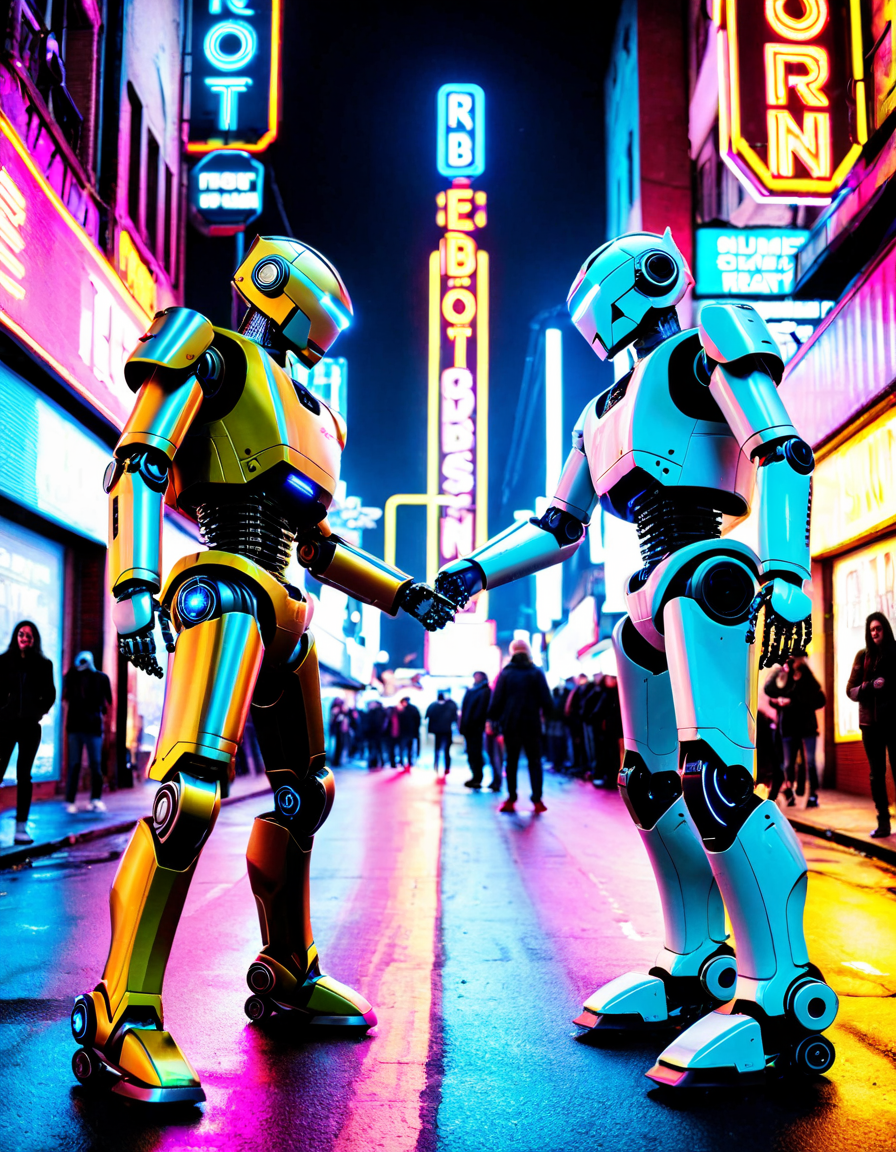
4. Iwara: The Intersection of Entertainment and Robotics
As you might know, platforms like Iwara have become a hub for innovative content creation. It marries robotics and AI with creativity, ensuring a kaleidoscope of amazing works. Motion capture and AI-driven animations take center stage, allowing creators to produce high-quality performances. It’s like modern-day puppetry fused with pixellation!
Through technologies like Vocaloid, we see AI create original music, blending both robotic ingenuity and artistic expression. What’s clear is that robotics and AI are not only making life easier; they’re redefining the boundaries of creativity, making artistic endeavors not just solo acts, but collaborative experiences.
With Iwara and similar platforms pushing the envelope, the landscape of entertainment is quickly evolving. It’s a vibrant mix of entertainment and technology, where robots can do more than interact—they can inspire and push us towards new imaginative horizons.
5. “It Cast” a New Light: The Role of Hollywood in Shaping AI Perception
Hollywood has an expansive history of influencing how the public perceives AI and robotics, from classics like I, Robot to modern explorations such as Ex Machina. These films tackle intricate themes, forcing us to question our ethics surrounding artificial intelligence—are they friends or foes? That timeless question finds relevance in our continuous development of AI.
The 2026 cinematic landscape still sees films like The Matrix Resurrections and series like Westworld wrestling with the moral implications of sentient beings. By pushing audiences to contemplate the ethical dimensions of AI, Hollywood is more than a source of entertainment; it serves as a crucial player in shaping perspectives about technology.
As AI portrays evolve on screen, so do societal views. The nuances in these narratives have the power to influence both writers and developers, often creating anticipatory excitement or fear over what’s to come, shaping our expectations for the future we desire.
6. “Ifun” Factor: The Entertainment Value of Robotics
In today’s world, robots are not just utilitarian—they’re downright entertaining! Take Boston Dynamics’ Spot, the robotic dog that has taken the internet by storm. With its remarkable movements and dance challenges, it’s not surprising that viewers of all ages find joy in watching it. Then there’s Tesla’s humanoid robot, Optimus, which cracks smiles with its charming and engaging movements.
These robots generate a delightful spectacle that captivates the audience. From choreographed routines to interactive performances, they evoke wonder in viewers. This dazzling blend of innovation and fun keeps generating what some folks call the “ifun” factor, securing robots’ spot as not only useful tools but also sources of entertainment.
By engaging with the public, these robotic spectacles are becoming part of our cultural conversation, proving that there’s more to this technology than just a mechanism. They uplift spirits and invite everyone to experience the joys of blending playfulness with advanced engineering.
An Innovative Future for Robots and AI
As we stand on the brink of an exciting future, the integration of robotics and AI into our daily lives promises a deeper, more meaningful relationship between humans and machines. The cutting-edge advancements we’re witnessing aren’t just strokes of technical genius—they reflect a shift in how we perceive and interact with our creations.
Looking ahead, robots could very well play pivotal roles in companionship, culinary exploration, and creative expression. The technology paving the way towards a world enhanced by robots is thrilling; it carries with it the promise of transforming daily experiences. We’re set to explore an exciting but complicated dance between human creativity and robotic ingenuity, crafting a vibrant tapestry that aligns with both excitement and ethical considerations.
In this promising future, there’s anticipation of a shared journey with these creations. The evolution of robotics and AI beckons us to embrace change and reimagine what companionship and creativity can look like, crafting a living narrative of rich possibilities along the way. So, what do you think? Are you ready to welcome our future robot pals with open arms?
i robot: Fascinating Trivia from the World of Robotics and AI
The Rise of Robotics in Cinema
Few films have shaped our understanding of robotics as much as i, Robot. Released in 2004, this acclaimed flick drew from Isaac Asimov’s work and sparked conversations about AI ethics and possibilities. Did you know that the shiny, humanoid robots were created using advanced CGI and impressive physical models? The blend resulted in lifelike actions that left audiences amazed. Just like how the character Nobara in another context works to contribute dynamically to her environment, the robots in i, Robot aim to coexist with humans while still grappling with their own challenges.
In i, Robot, one of the standout themes is the complicated relationship between humans and machines. The film pushes viewers to ponder whether AI should possess rights. This thought-provoking angle evokes real-world discussions, much like the current debates around Emily Ratajkowski Met gala 2024, where technology and artistry collide on the red carpets! Furthermore, the film’s setting features architectural wonders and futuristic tech that echo the sophisticated vibes one might find in trendy boutique Hotels london.
Behind the Scenes of i, Robot
The film’s intricate design isn’t just skin deep. The cast Of hit man showcases incredible talent, but did you know that Will Smith’s character, Detective Del Spooner, was initially written for a more standard protagonist? Thanks to the director’s vision and Smith’s charisma, audiences got a hero who challenges his metallic counterparts with wit and emotion. Also, the movie’s pivotal conflict revolves around the watercolor idea of freedom versus control—can robots, even those built for service, question their purpose?
Additionally, the film highlighted the concept of the “Three Laws of Robotics,” an idea first introduced by Asimov but popularized here. Just as intriguing is the crossover of technology in various fields, such as synchrony car care, where artificial intelligence is enhancing user experiences while driving. Movies like i, Robot inspire not just the film industry but also shape how we engage with innovations across different sectors, including real estate management, making tools like rent manager software pivotal for streamlined operations.
In the vast and thrilling landscape of robotics and AI, i, Robot stands as a beacon. For both casual viewers and tech enthusiasts, its themes resonate deeply, inviting us to reflect on our coexistence with machines that could one day mirror or surpass us, much like the iconic tales from Vikings valhalla or the daring narratives spun by Blak Bolssom in the storytelling arena.
